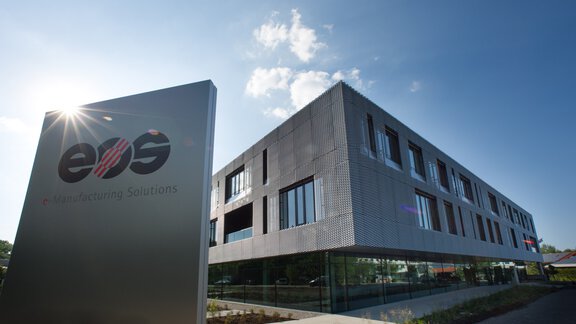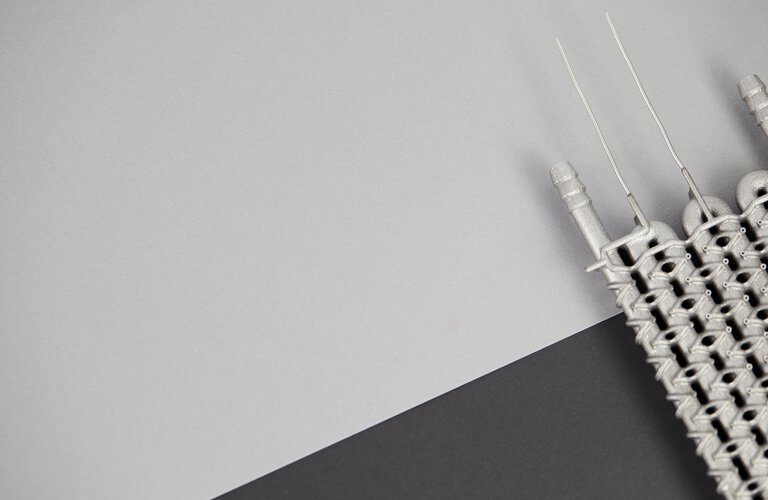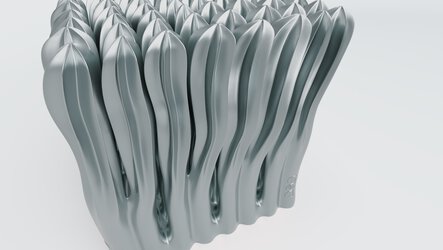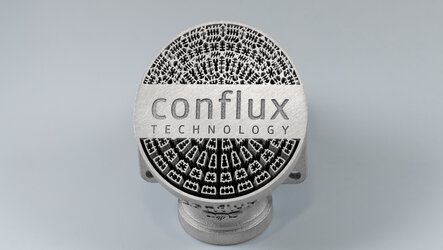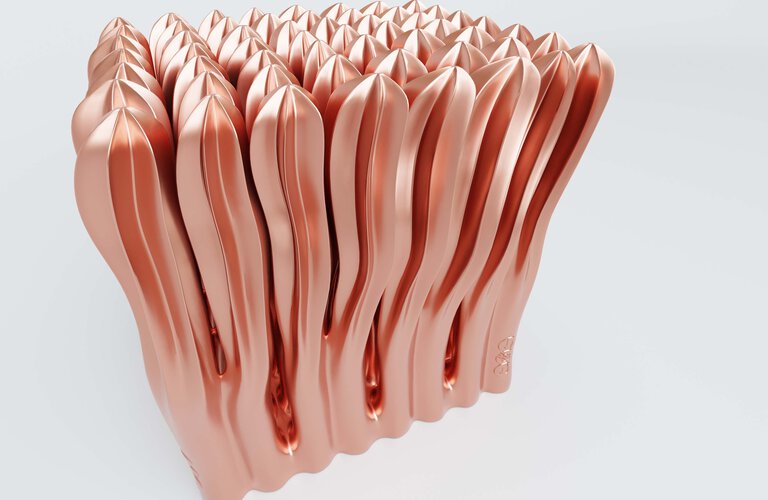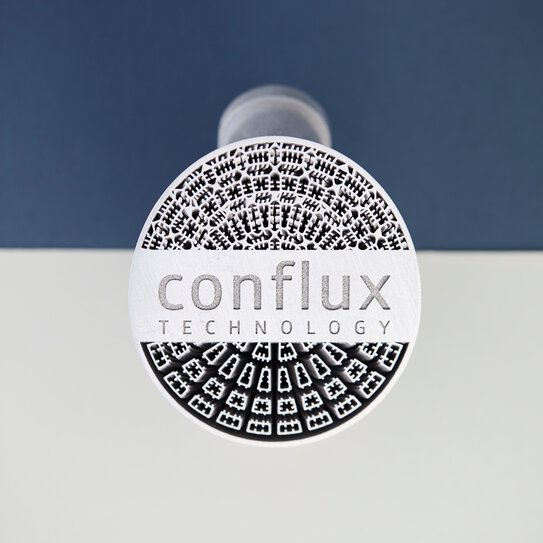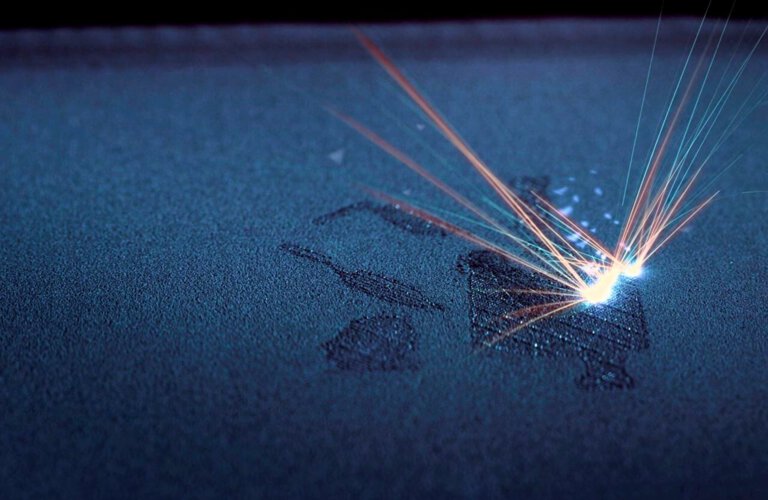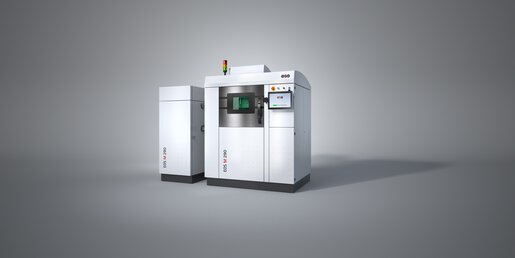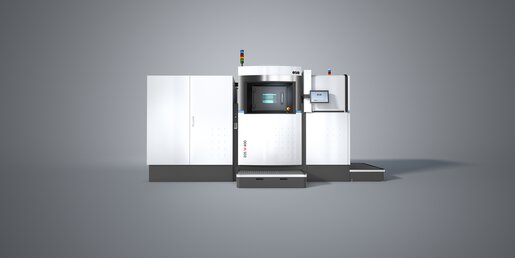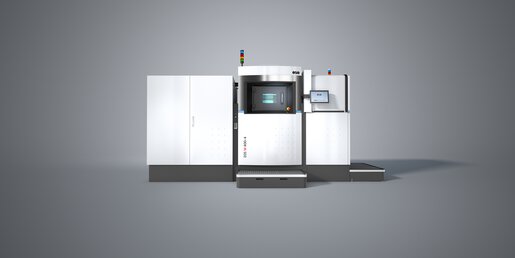For many applications, sophisticated cooling technology is important. For gaming PCs, data centers, automobiles, LED modules, the chemical industry and many more; wherever you need to dissipate heat, heat exchangers and cooling elements are essential. Their size is often a challenge. For example, hand-held electronic devices need to house increasingly powerful technology that requires cooling. In addition, they need to integrate new functionality quickly, meaning that the heat problem needs to be solved again and again. This quickly pushes conventional production processes to their limits.
However, industrial 3D printing is different. It enables very small and complex parts to be made from alloys with favorable thermal conduction properties. As a result, heat management can be performed in a very small space. For example, CPU coolers with liquid cooling but no weak points susceptible to leakage can be mass-produced in a single piece.
Our Portfolio for the Additive Manufacturing of Heat Exchangers & Cooling Elements High-Quality Systems and Materials
Our systems allow you to manufacture heat exchangers from high-quality thermally conductive alloys with a number of advantageous properties using 3D CAD data. Flexible design, optimized heat transfer properties and reduced build size are just a few examples.
Metal 3D printing is an exciting and disruptive technology. But initially I was skeptical whether its advantages would extend to meet our own requirements. Three years on, it has given us solutions for many projects that would not have been possible otherwise.
Advantages of Additive Manufacturing for Heat Exchangers
TheSys is an engineering service provider that develops cooling systems, air conditioning systems and heat exchangers. Together with EOS and AM Metals, they pushed the limits of feasibility to develop a state-of-the-art gaming CPU heat exchanger that was optimized for additive manufacturing in just a week of development.
With the flexible EOS M 290 metal manufacturing system, AM Metals GmbH manufactured a water-cooled heat exchanger that provides the same cooling capacity with just one fifth of the size. Compared to other leading gaming CPU coolers, it is also 76 % lighter.
Success Story Conflux Technology
Conflux Technology is a provider of additive manufacturing applications specializing in thermal and fluid dynamic solutions. The Australian company created a new design for heat exchangers with their Conflux CoreTM heat exchanger, which is used for example in the automotive, oil and gas industries, as well as in chemical process technology. The goal was to achieve higher performance in a smaller space.
According to Conflux Technology, EOS had the only solution. Working together in a collaborative partnership, they created six prototypes within just a few months, eventually resulting in a patented end product. During this process, they took advantage of various EOS software tools for data processing, process optimization and quality assurance.
The results: a heat exchanger with triple the heat dissipation and 22 % less weight that is 55 mm smaller.
Betatype is a technology company specializing in design for 3D printing and process control in industries such as the consumer goods, medical and automotive sectors. Constantly working to push the limits of additive manufacturing even further, the young company optimized the design and unit costs of cooling elements for automotive LED lights during this project. Improving the efficiency was the key focus. The production partners Progressive Technology supported them with the project.
The part was customized with the 3D printing system EOSINT M 280. By carefully balancing the stacking of cooling elements while also minimizing support structures, the available space was exploited optimally: 384 parts were manufactured in a single batch. An optimized design and intelligent laser scanning paths reduced the production time from 444 hours to just 34 hours. This provided significant cost advantages to Betatype’s customers: the unit costs were reduced by 90 %.
Our Materials for the Additive Manufacturing of Heat Exchangers
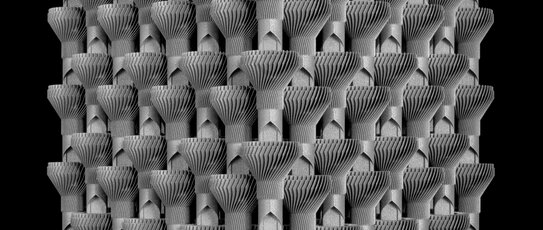
For specialized applications, cooling elements can be made from other materials in our portfolio. Among other things, we offer nickel-based alloys for 3D printing, as well as stainless steels and titanium.
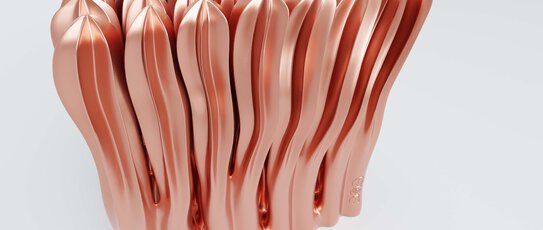
Copper is a good material for many applications in cooling systems and heat exchangers. You can find the right material for 3D printing on EOS systems here.
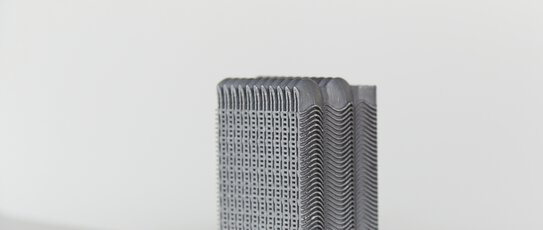
For a perfect combination of thermal conductivity, productivity and mechanical properties, our aluminum alloys are the ideal material for the 3D printing of heat exchangers.
Training and Consulting on Additive Manufacturing
Additive Minds specializes in tailored consulting solutions for everything concerning additive manufacturing. Whether you’re taking your very first steps in the field of industrial 3D printing or expanding your existing facilities into a digital factory – with more than 30 years of experience and customized solutions, our consultants can offer you extensive knowledge that will make you the industry champion.
